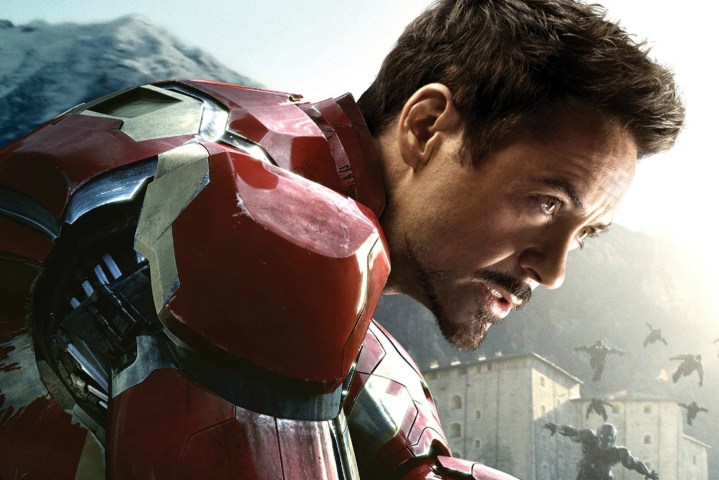
On Thursday, Zuck took to his Facebook page to ask his 82 million followers for suggestions as to who had the right vocal skills to act as his artificial intelligence-assisted butler. Plenty of the social network’s users chimed in with recommendations, ranging from the sublime (Morgan Freeman) to the ridiculous (Andy Samberg as Mark Zuckerberg).
Then, out of nowhere, an A-list Avenger stepped up to the plate. Robert Downey Jr. answered Zuckerberg’s call in his irreverent style by claiming “he’d do it in a heartbeat.” He just had one condition: “If Bettany gets paid and donates it to a cause of Cumberbatch’s choosing … that’s the right kind of STRANGE!”
For those of you who aren’t familiar with the Marvel cinematic universe, actor Paul Bettany voiced JARVIS (Tony Stark’s AI assistant) in the Iron Man and Avengers movies. Zuck’s initial idea to create an AI butler to manage his smart home was inspired by JARVIS (an acronym that stands for: Just A Rather Very Intelligent System). Benedict Cumberbatch, on the other hand, is about to make his Marvel debut as Dr. Strange in the eponymous film, set to hit theaters on October 20.
Was it just a case of Downey plugging an upcoming Marvel film he is rumored to have a cameo in in? Or is the actor actually interested in playing the part of a real-life AI assistant. Zuckerberg seemed game. “This just got real,” commented the Facebook CEO.
Zuck actually shares some common traits with the iconic comic book character played by Downey Jr. Who can forget the heated exchange between Steve Rogers and Tony Stark in The Avengers. When asked by Rogers: “Big man in a suit of armor. Take that off what are you?” Stark quipped: “Genius, billionaire, playboy, philanthropist.” Remind you of anyone? Well, maybe not the playboy part.
If Downey needs some assistance prepping for the role, he can always get in touch with fellow Avenger Scarlett Johansson, who provided the voice for a smartphone AI in Spike Jonze’s Oscar-winning film Her.
The last time Zuckerberg updated us on his personal AI project was in August, when he claimed that it was almost ready to be unveiled. He’d previously stated that the AI was in charge of his home, and even made him toast.


